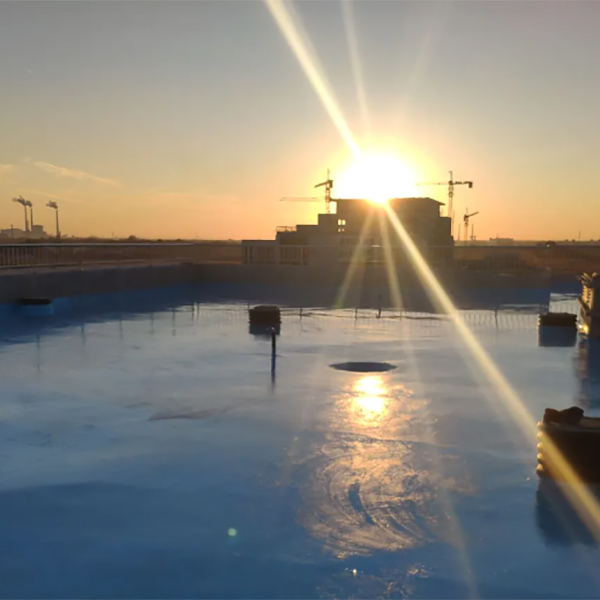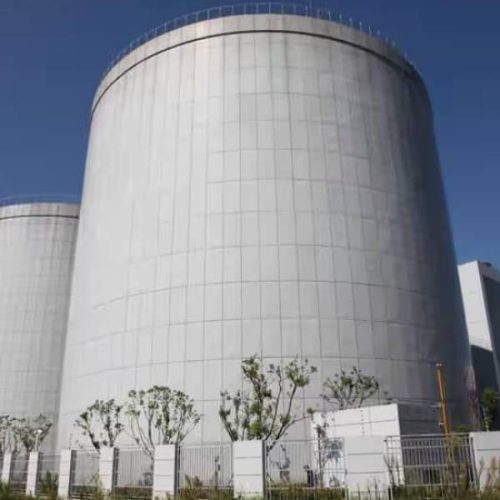The Superiority of Polyurea Waterproofing
Polyurethane materials and epoxy coatings have long been widely used for waterproofing in various construction facilities. With the emergence of polyurea, the quality of waterproofing projects has advanced significantly.

Polyurea waterproofing technology integrates advanced materials, facilities, and processes. It represents a significant advancement over traditional construction techniques and is currently one of the most advanced waterproofing technologies worldwide.
Advantages of Polyurea Waterproofing:
- Rapid curing, allowing continuous spraying on both horizontal and vertical surfaces without sagging.
- Insensitive to humidity and temperature, with high thermal stability.
- 100% solid content, VOC-free, pollution-free, and environmentally friendly.
- Excellent physical properties with strong adhesion to concrete substrates.
- Seamless coating, providing superior waterproofing performance.
- High elongation rate, resistant to cracking under thermal cycling.
- Excellent weather resistance, with no powdering or discoloration.
Applications and Construction of Polyurea Waterproofing:
Applications: Polyurea waterproofing materials are mainly used for waterproofing rooftops of high-end buildings, industrial factories, vapor barriers in cold storage, reservoirs, bridges, tunnels, underground projects, cooling towers in power plants, wastewater treatment ponds, aquariums, swimming pool liners, and other areas.

Roof Waterproofing:
The construction process of polyurea coatings consists of substrate preparation, priming, and polyurea topcoat application.
1. Substrate preparation is key to ensuring construction quality. This can be divided into preparation for metal and concrete substrates.
- For metal substrates, first, sandblast the substrate to Sa2.5 level. For defects such as weld seams, use epoxy filler to smooth them. After the epoxy filler has cured, smooth it with an angle grinder. Then, clean the substrate and apply two coats of the appropriate primer by rolling or brushing.
- For concrete substrates, treat precast concrete with shot blasting, or remove surface dust and residues using an angle grinder or a high-pressure water jet. Once dry, use a filler to level the surface, then smooth with an angle grinder after the filler has cured. Finally, remove surface contaminants and apply a coat of the appropriate primer.
2. The maximum interval between primer coats is 24 hours, with a minimum interval of 3 hours.
3. Apply the polyurea topcoat between 3 and 168 hours after primer application. If the interval exceeds 168 hours, reapply a coat of primer a day before the polyurea application. Remove surface dust with high-pressure air before applying the topcoat.
Feiyang Protech has been specializing in the production of raw materials for polyaspartic coatings for 30 years and can provide polyaspartic resins, hardeners and coating formulations. Feel free to contact us: marketing@feiyang.com.cn
Our products list:
Contact our technical team today to explore how Feiyang Protech’s advanced polyaspartic solutions can transform your coatings strategy. Contact our Tech Team




